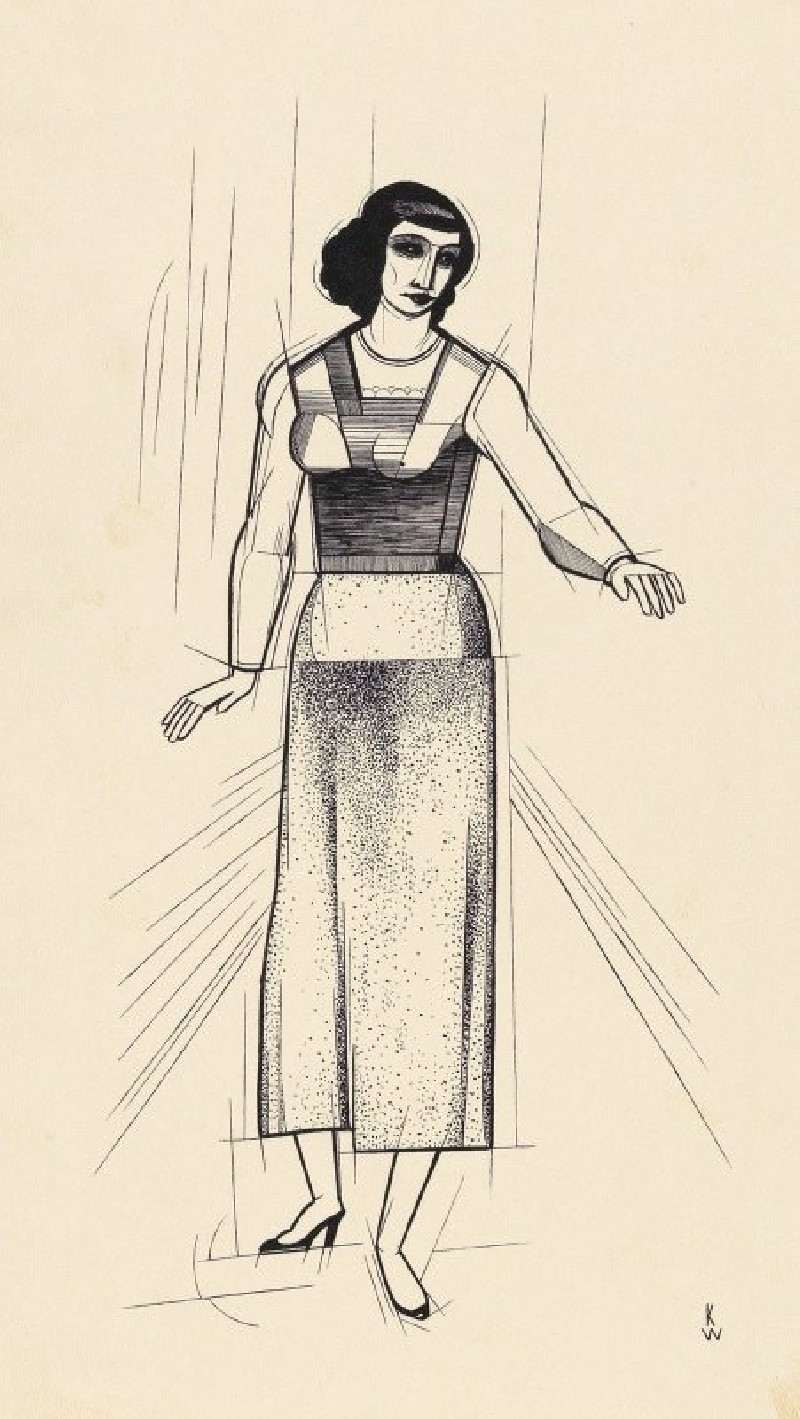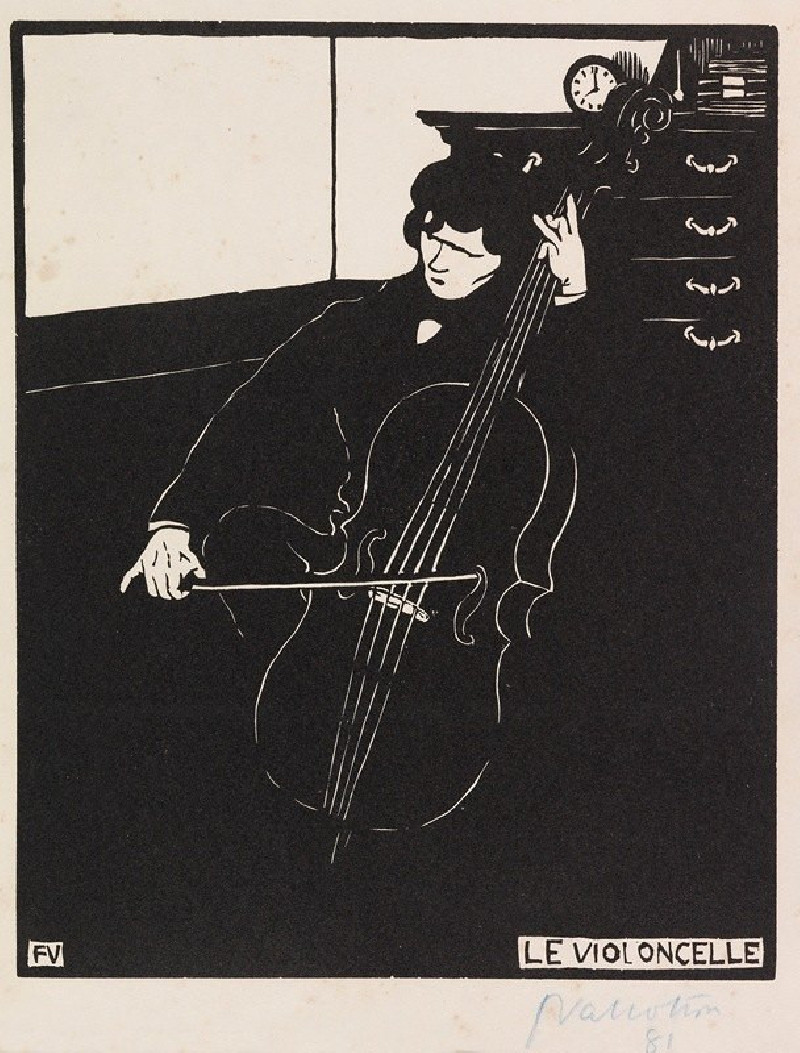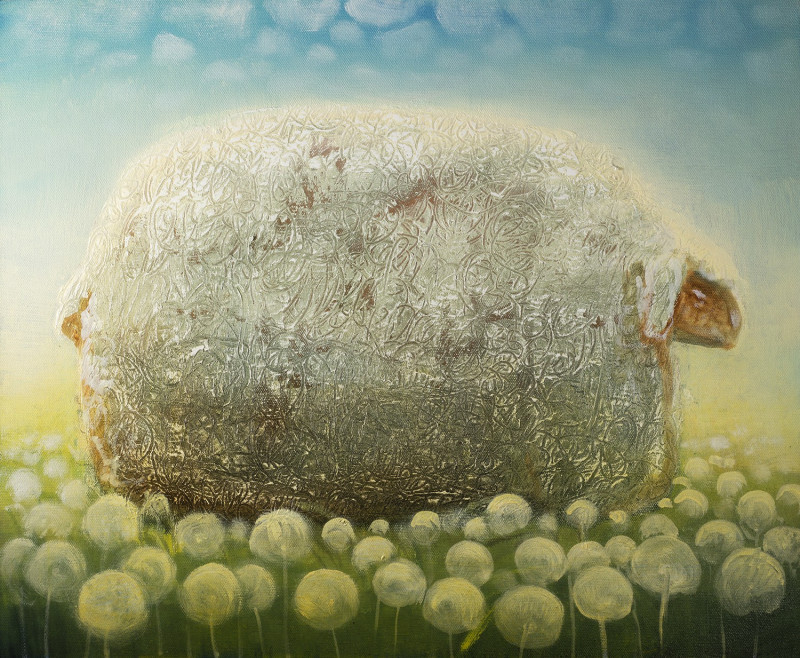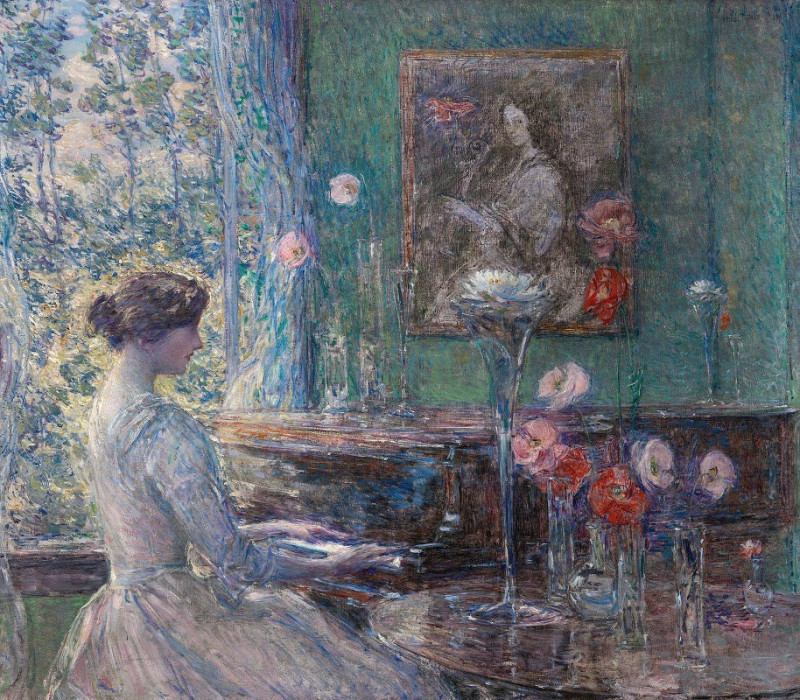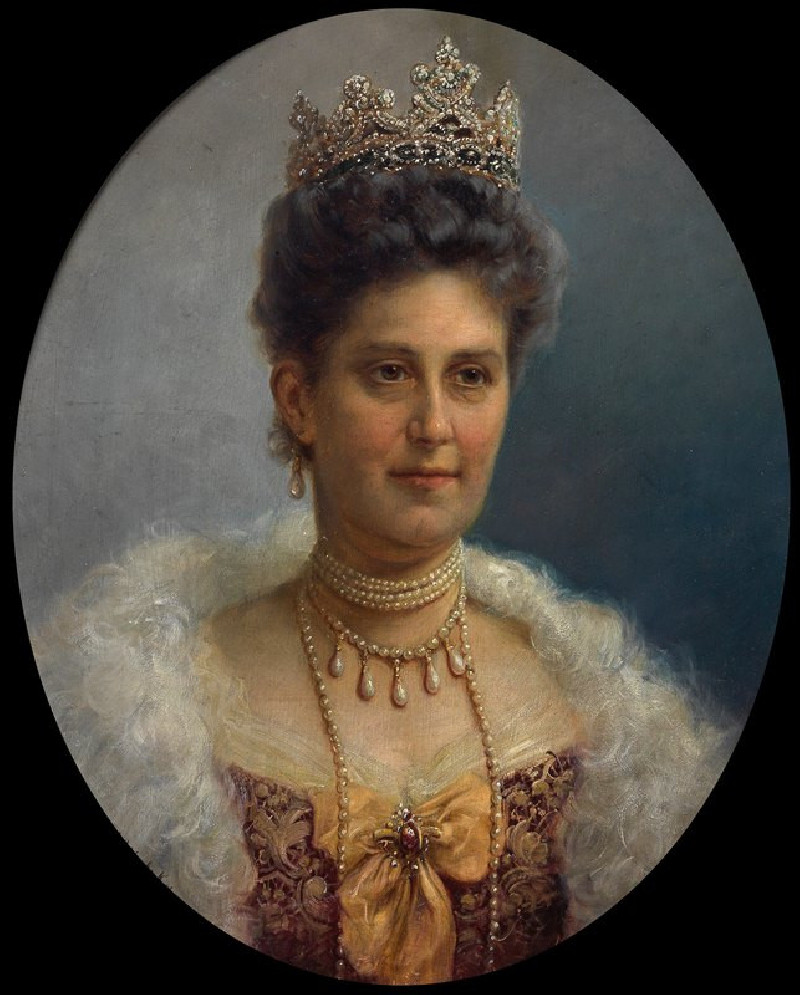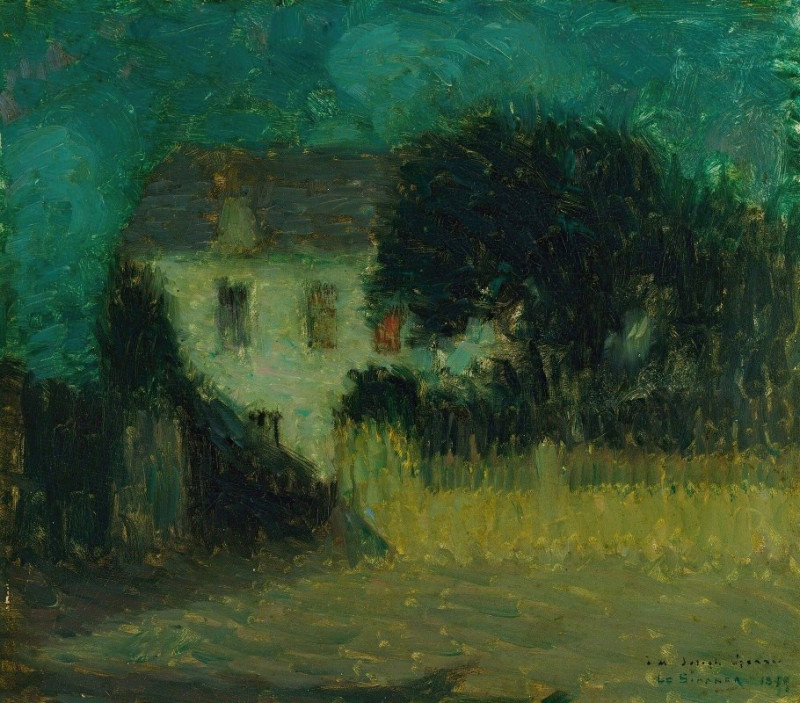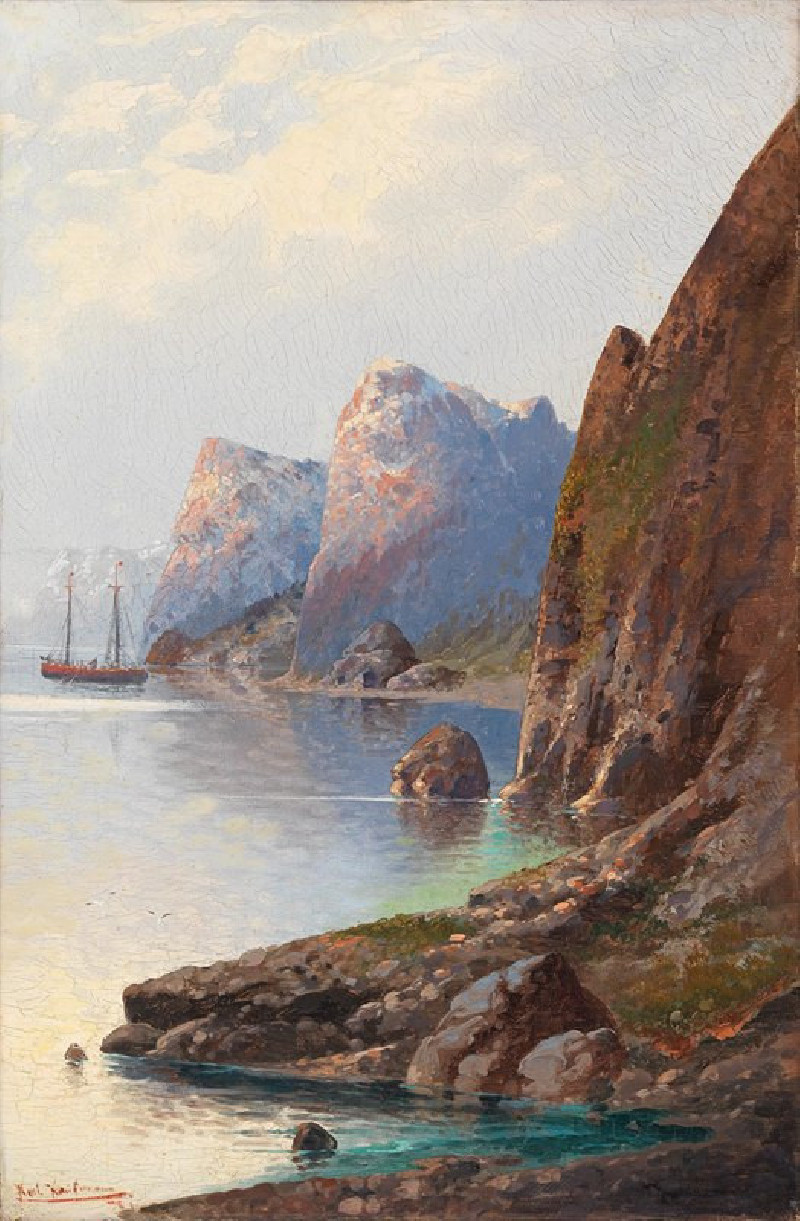Arthur Dove'S Landscape With Weather Vane
Technique: Giclée quality print
Recommended by our customers
More about this artwork
This painting by Arthur Dove, titled "Landscape with Weather Vane," depicts a stylized and abstract landscape scene using earthy tones and bold contours. In the foreground, there's a prominent object that closely resembles a weather vane positioned on a kind of pedestal, which adds a structural element to the artwork. The weather vane itself, simplified in black, contrasts starkly against the softly textured, cloudy sky in the background.Dove has employed various shades of gray and black to outline and detail the architecture and natural forms in the scene, maintaining a balance of abstract shapes and recognizable elements. The use of watery grays and whites in the sky suggests a dynamic weather pattern, perhaps a moving storm, which is fitting given the presence of the weather vane indicating wind direction.The landscape beneath the sky seems to be framed with darker tones and shapes, potentially representing hills or landforms. The area at the bottom, depicted in a vivid green, could suggest grassy terrain, grounding the weather vane in a tangible setting.Overall, Dove's painting captures an interaction between the man-made object and the natural environment, emphasizing themes of observation, direction, and environmental response, which are hallmark concerns of the artist’s abstract and expressive style.
Delivery
Returns
Arthur Dove was a Modernist American artist well known for landscapes and abstract paintings. Dove produced commercial illustration works for magazines including Harper’s Magazine. After returning from Paris, Dove met Alfred Stieglitz who mentored him. During his life, he created a number of inventive and distinguishing artworks using stylize abstract forms, often representing nature including sunrise, trees, water, waterfall, and thunderstorm. Dove’s fame continued to grow after his death. He is said to influence the first generation of Abstract Expressionists, such as Jackson Pollock and Mark Rothko.

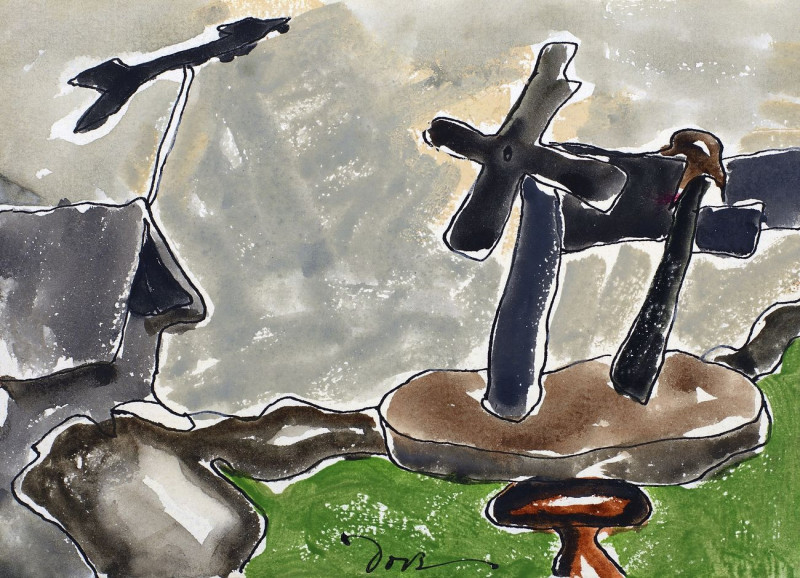
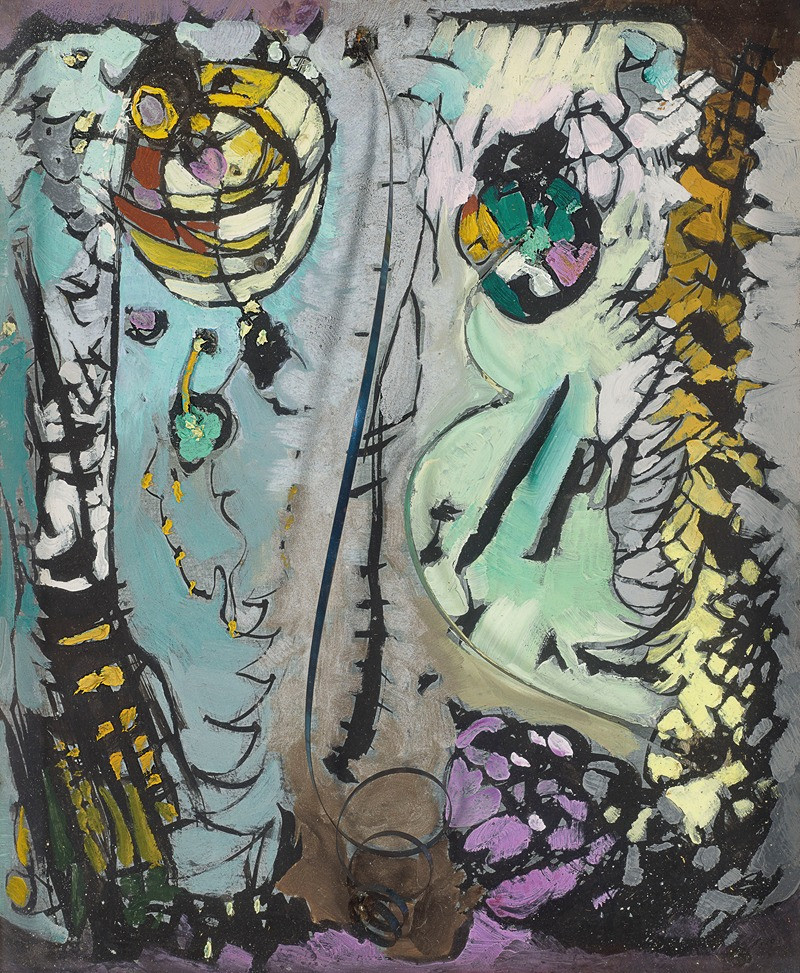




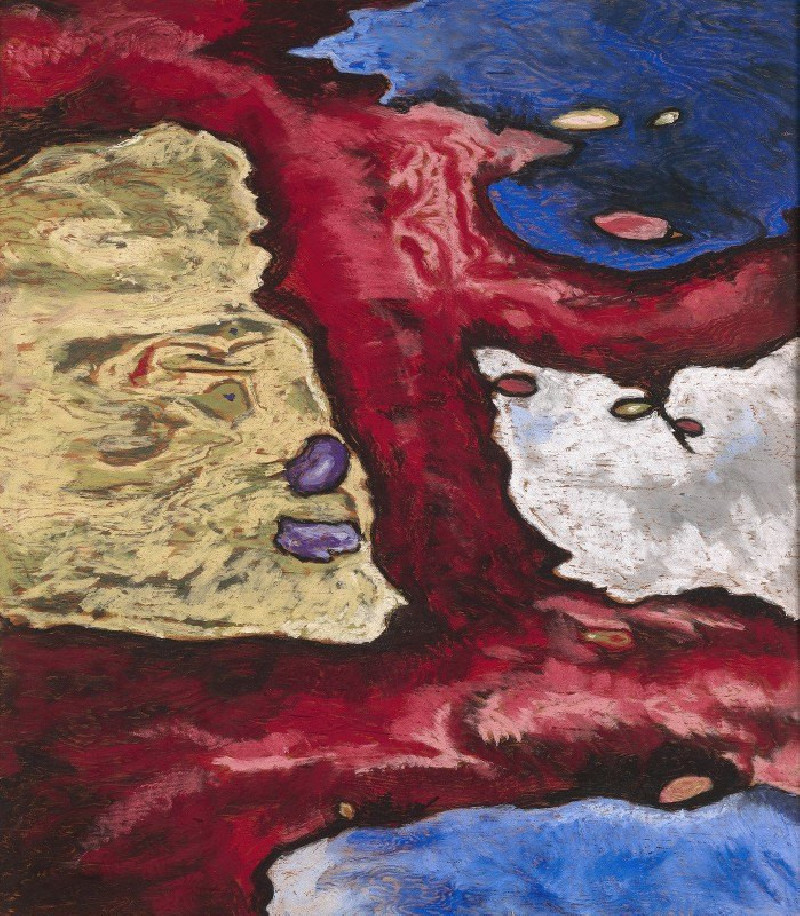
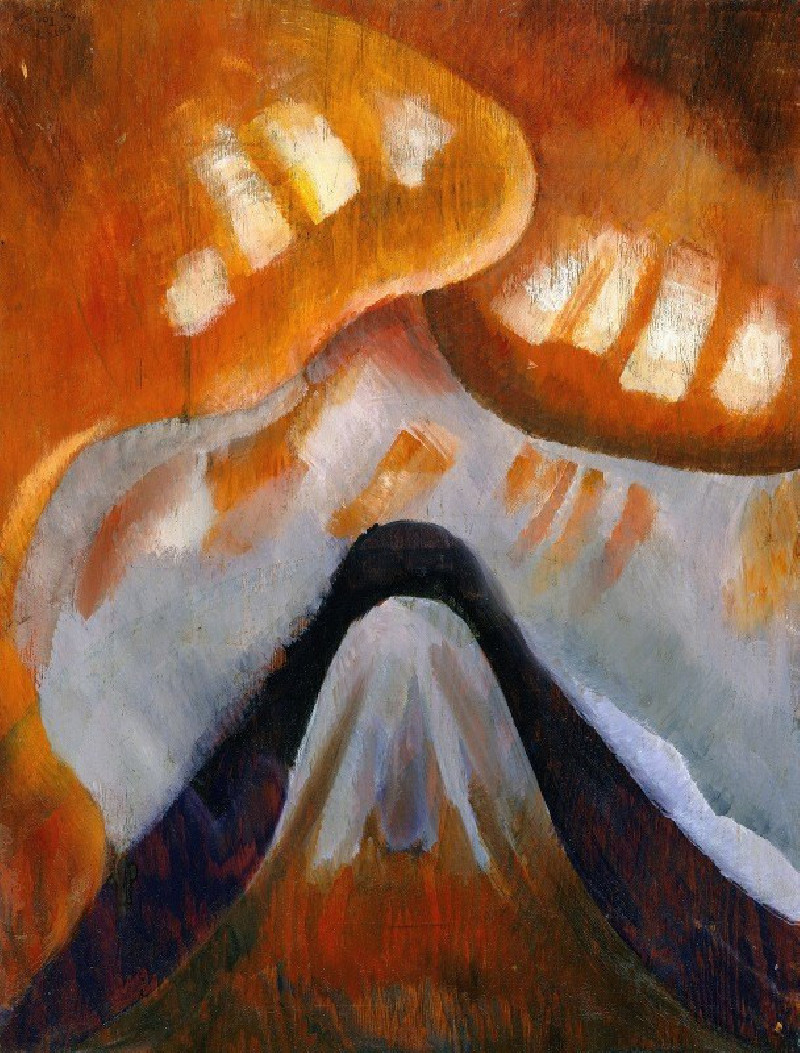

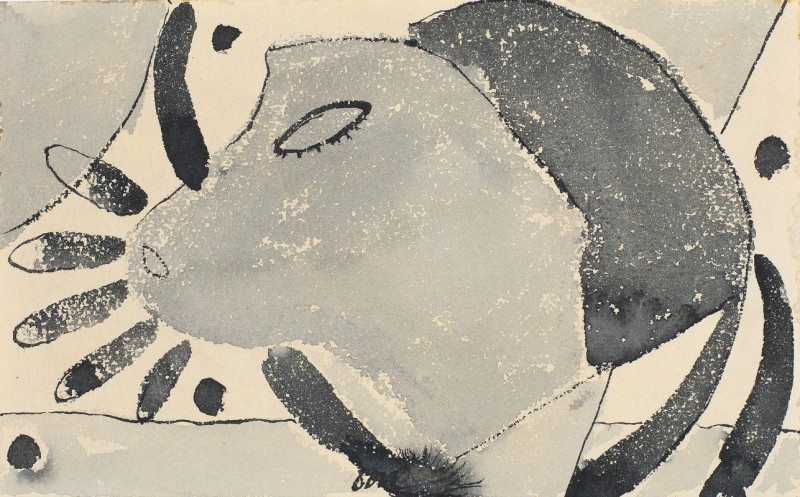
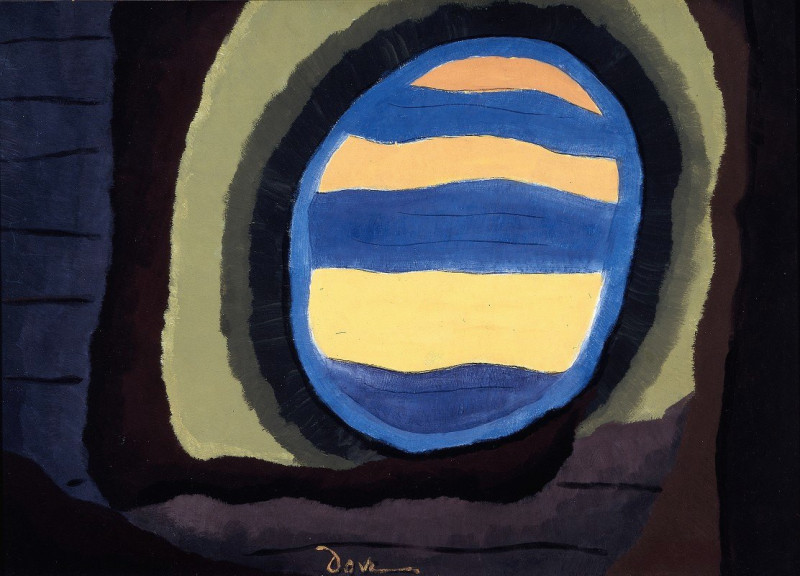
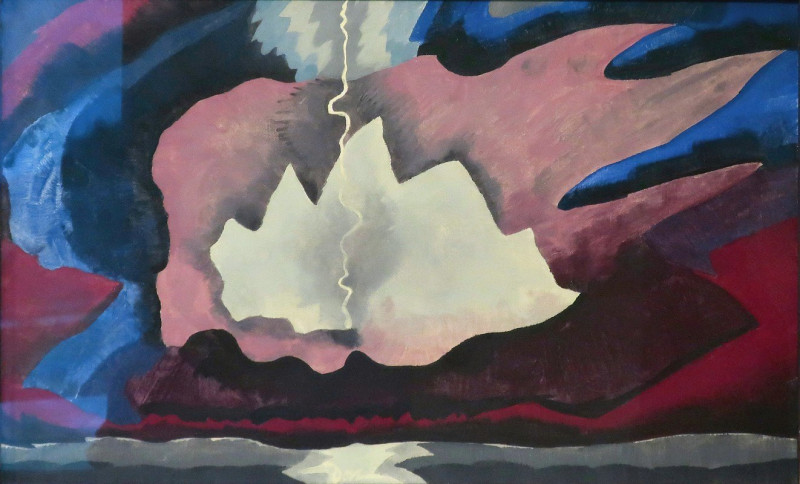


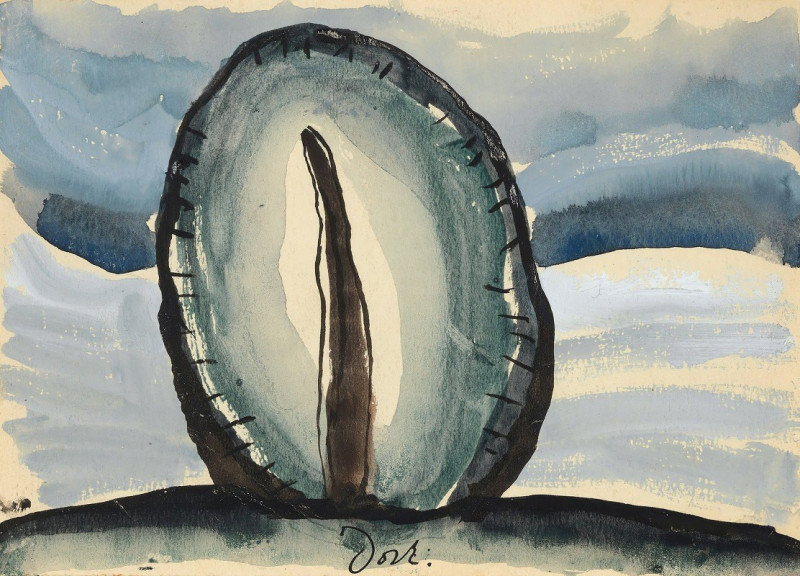
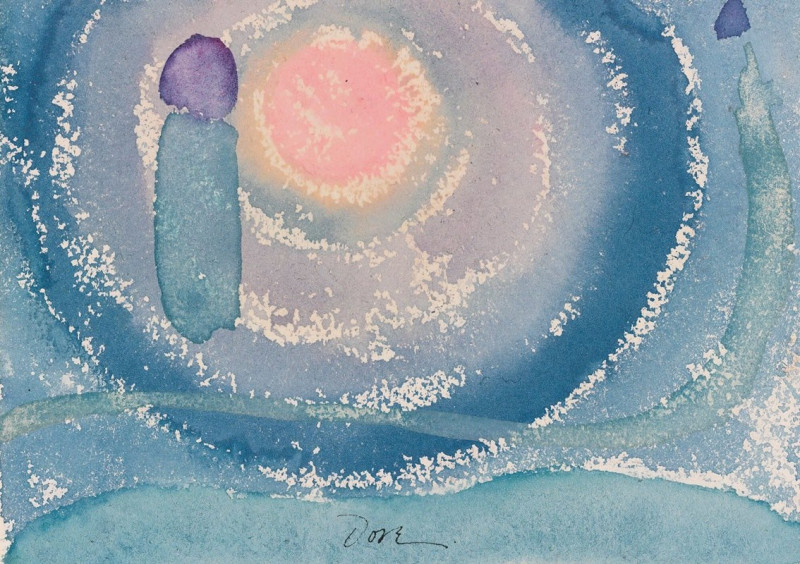

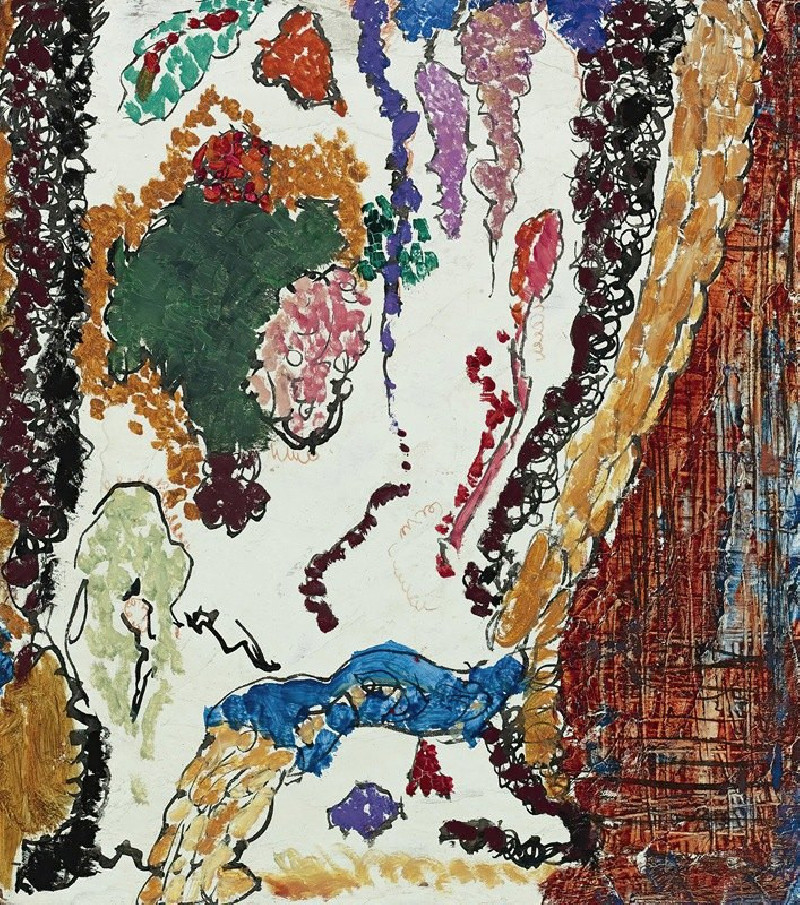
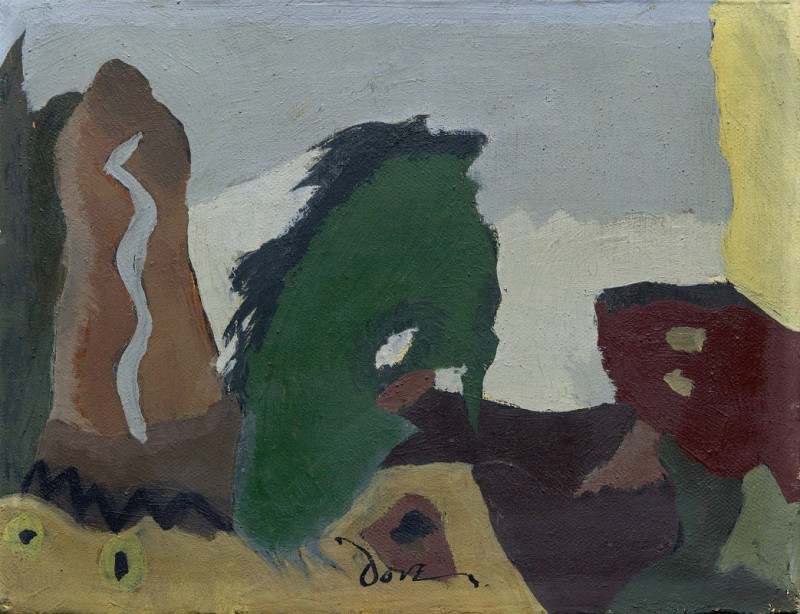
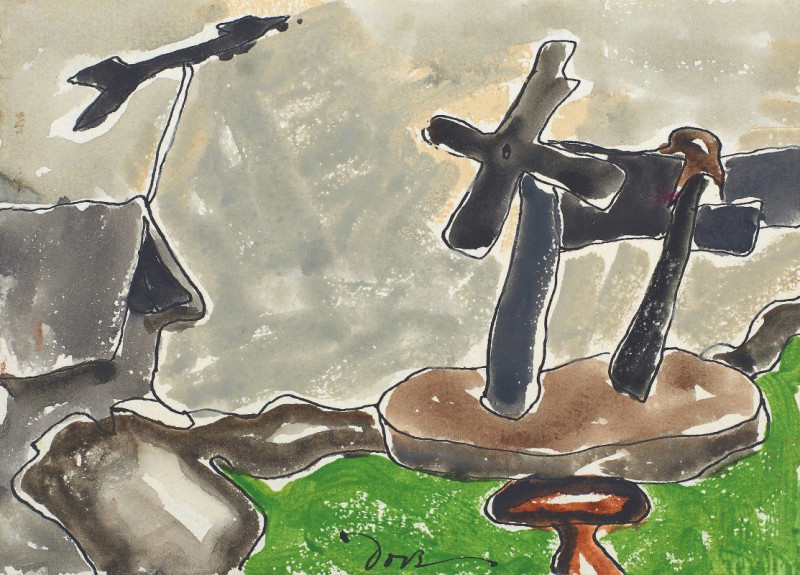
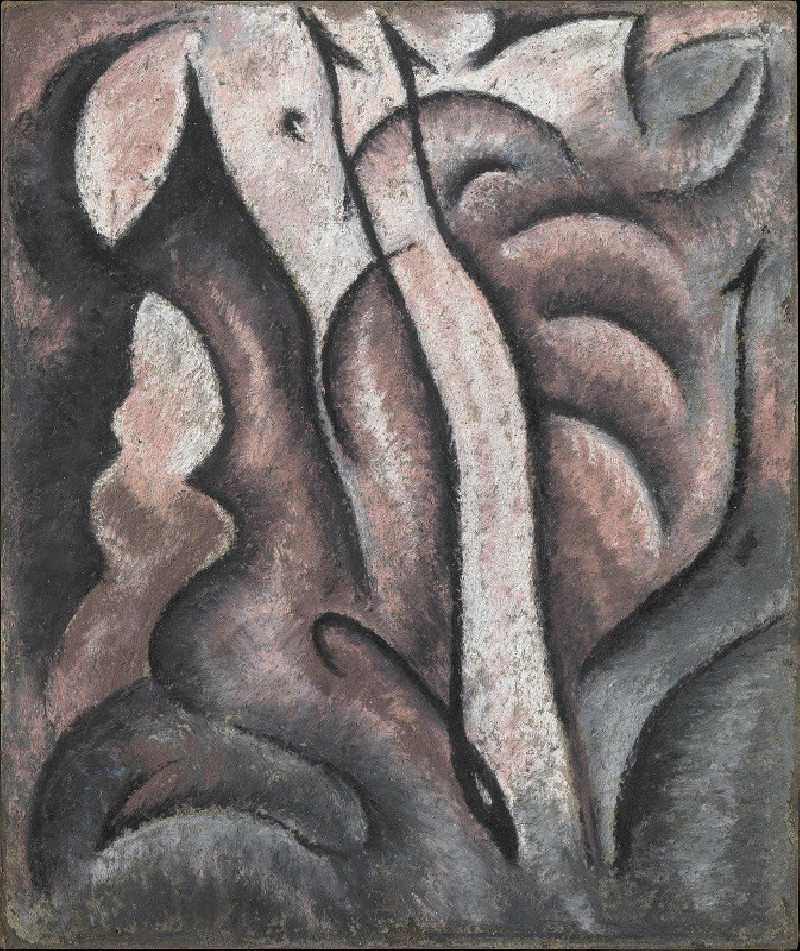
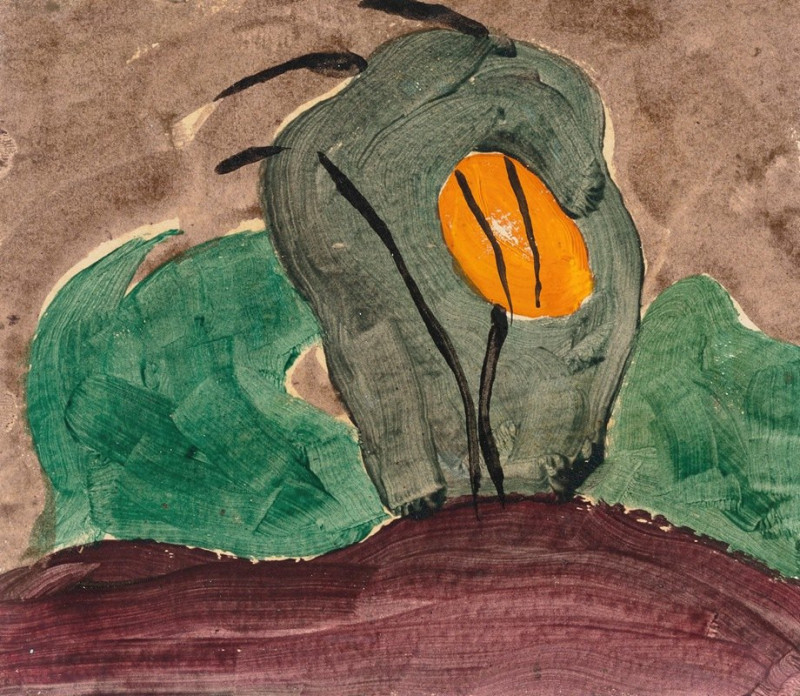
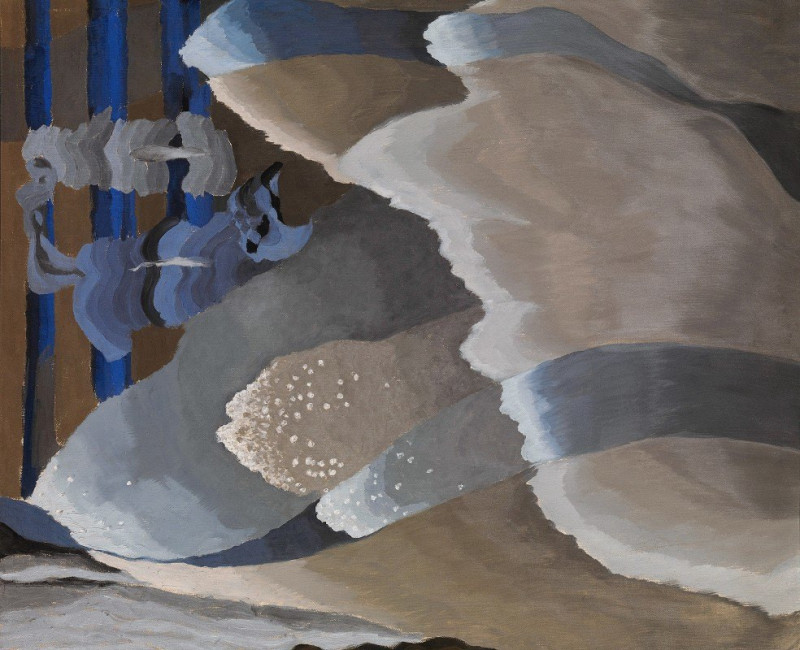

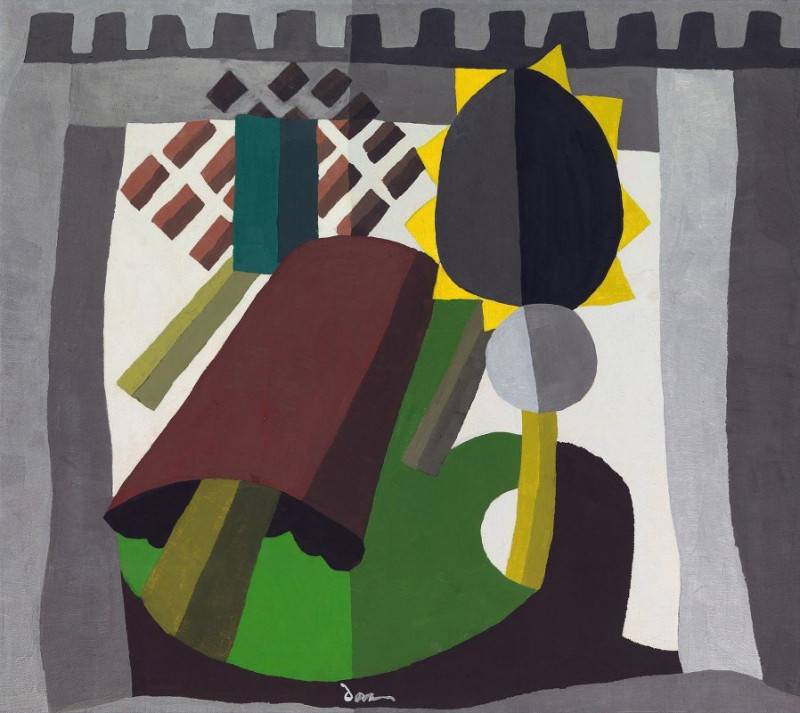
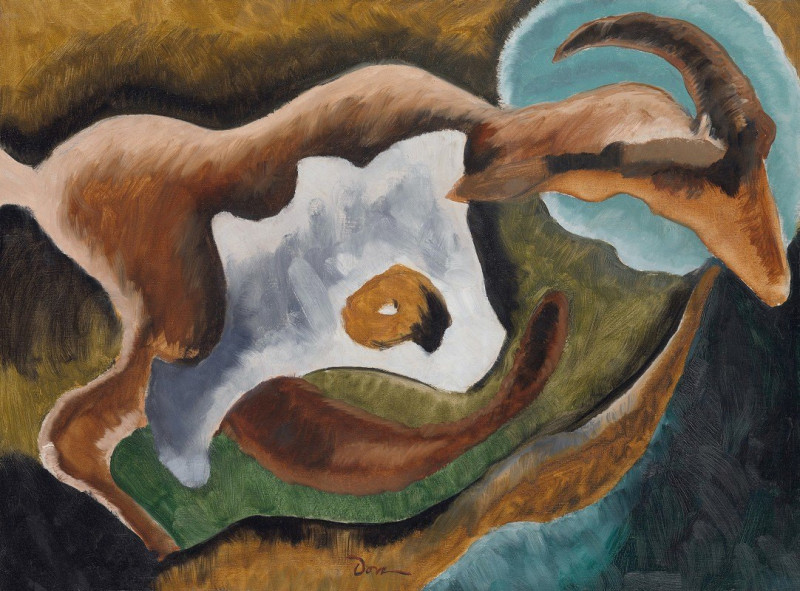
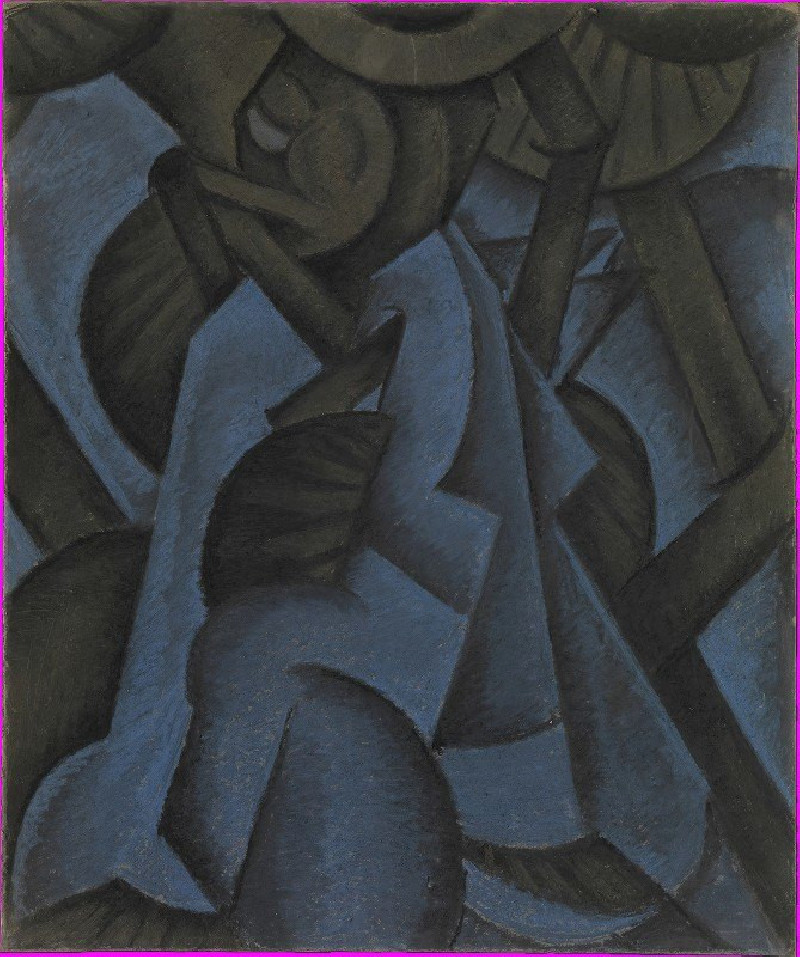
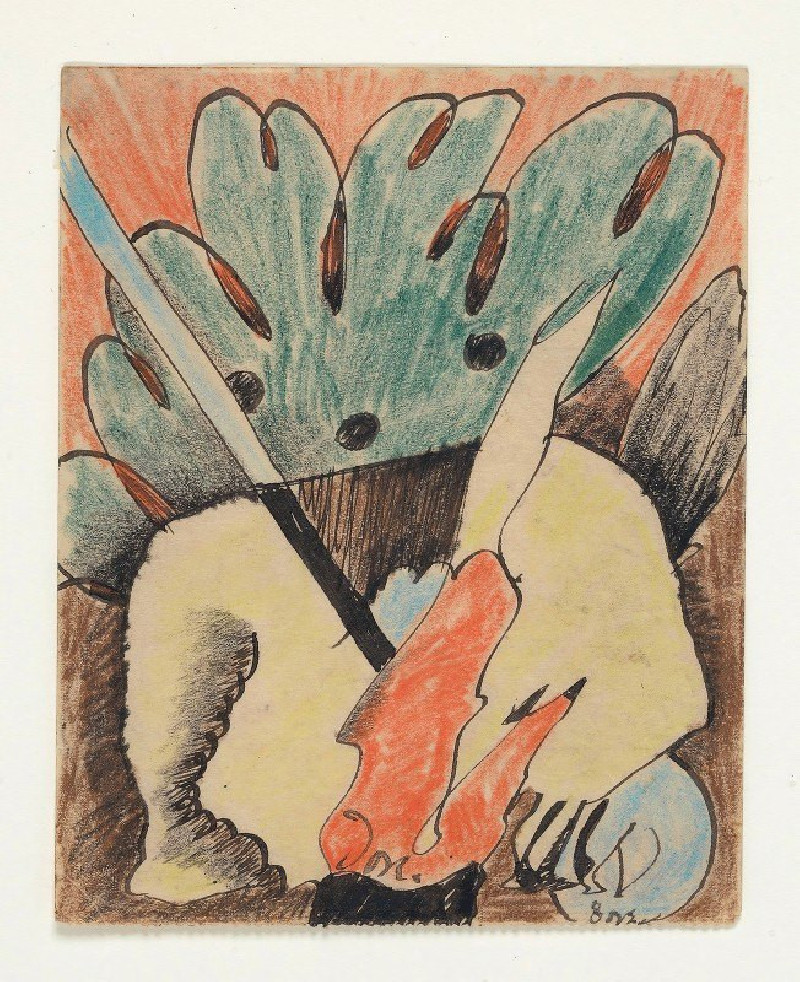
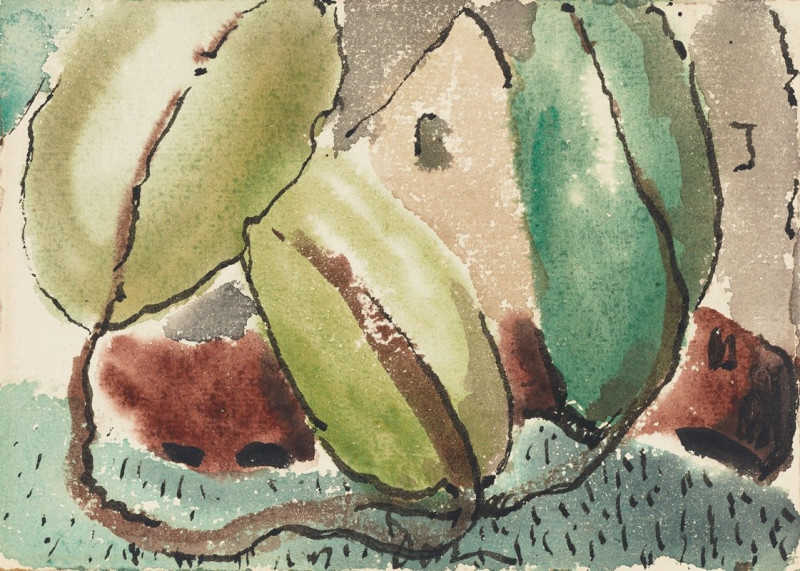
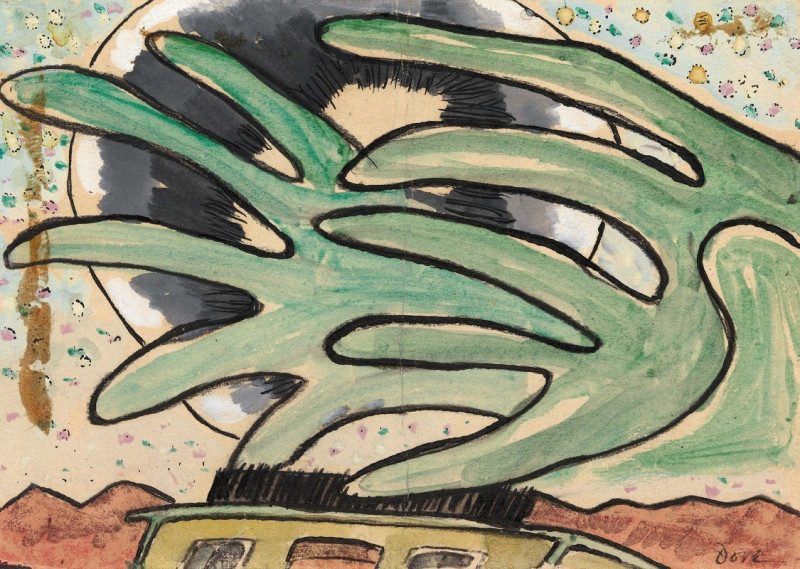
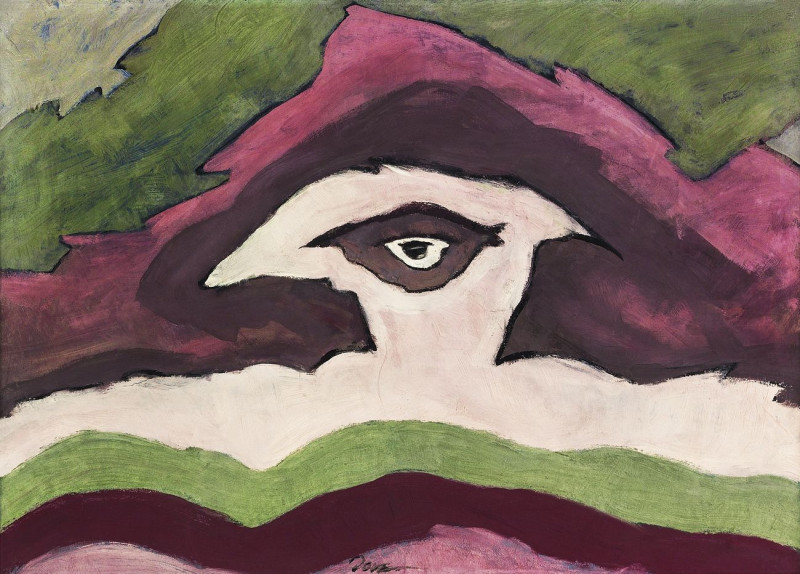
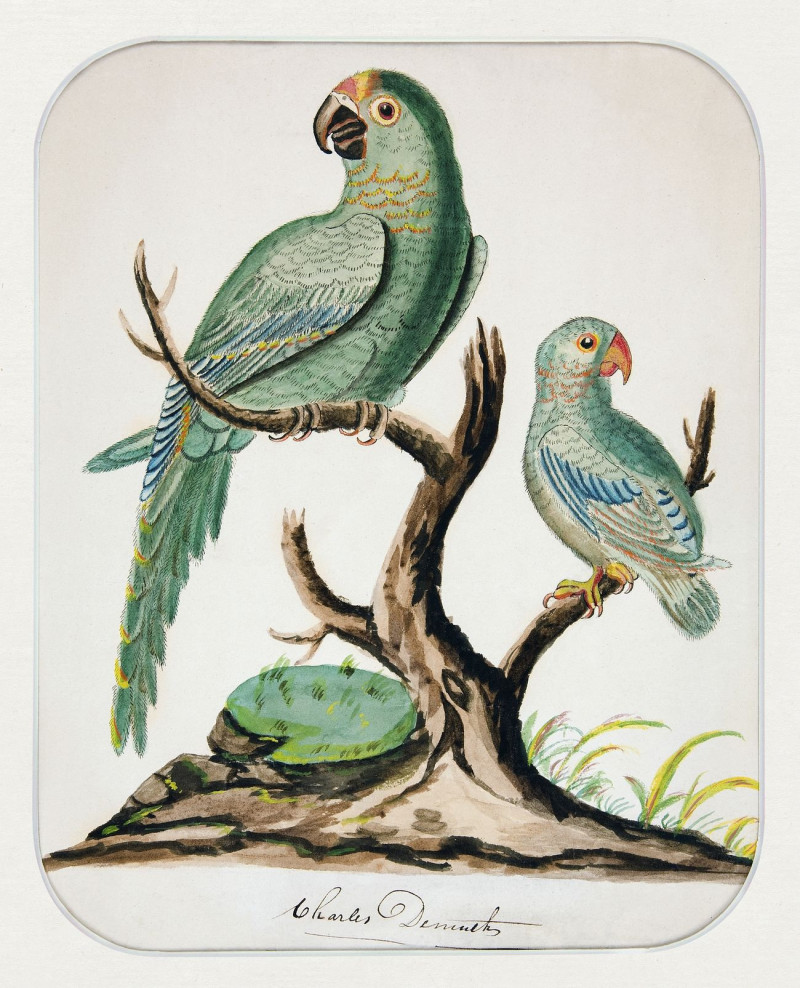

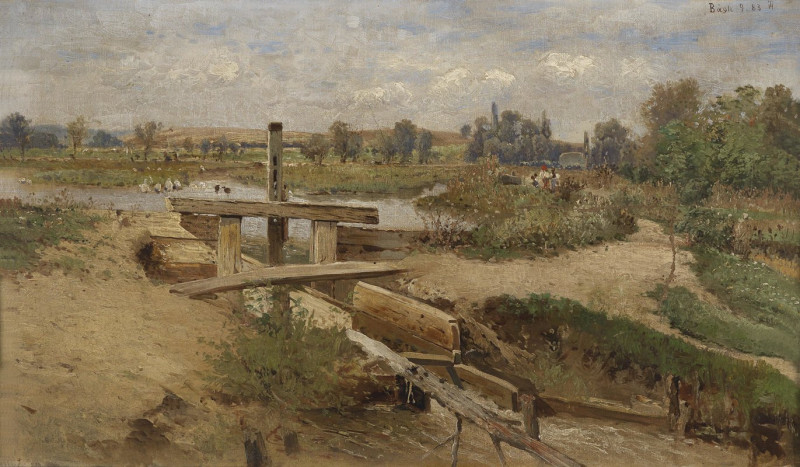

![The Annual Resort of Hindoos to Mundar Hill near Bhagulpore [Bhagalpur] reproduction of painting by Samuel Davis. ALL GICLEE ...](https://reprodukcijos.lt/49419-large_default/reproduction-of-the-annual-resort-of-hindoos-to-mundar-hill-near-bhagulpore-bhagalpur.jpg)
